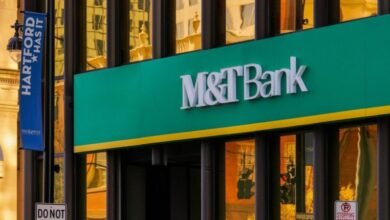Deal With US-based Investment Firm Advances $3.6B Kenyan Road Project


The highway project was revived during a state visit of Kenya’s President William Ruto to the U.S. in May.
Photo Courtesy Kenya Public Service Commission
The U.S.-based infrastructure investment manager Everstrong Capital recently signed a project development agreement with the Kenyan government for the planned $3.6-billion Usahihi Nairobi-Mombasa Expressway project that would link the country’s capital of Nairobi to the Indian Ocean city of Mombasa.
Everstrong Capital, based in Charlottesville, Va., signed the deal with the Kenya National Highways Authority (KeNHA) for the rights to organize finance, construction, tolling, operation, and maintenance of the 440-km expressway under a 30-year concession.
The initial agreement was formally signed back in May, during a state visit by Kenya’s President William Ruto to Washington D.C. The project is set to take 36 to 48 months, although there is no confirmation yet on a construction start date.
The new expressway entails adding two to four lanes along the alignment of the existing two-lane Nairobi–Mombasa Road, also known as A109 Road, that is part of the Northern Corridor that connects the port of Mombasa to the land-locked countries of Burundi, Eastern Democratic Republic of the Congo, Rwanda, Uganda and South Sudan. These countries currently rely on road transport for their freight exports and imports. The new expressway is expected to complement the 592-km Standard Gauge Railway (SGR), which runs parallel to the narrow-gauge Kenya-Uganda Railway, built in 1901.
Meg Whitman, U.S. Ambassador to Kenya, stated that the signing of the deal “marks a significant step forward in the construction of a new Nairobi-Mombasa highway.”
“This stretch of road is vital for Kenya’s continued economic growth and a new highway will be safer for all drivers, passengers, and pedestrians who depend on this important corridor for work, pleasure, and living,” she said.
The entire high-speed expressway is to be constructed to a bituminous standard established in an earlier design by KeNHA. It will be 7-m to 14-m wide, excluding the shoulders and central median, with most shoulders to be 1.5 m wide.
Designed to handle 100 kph (62 mph) traffic outside of urban areas, the expressway is expected to reduce travel time between Nairobi and Mombasa from 10 hours to four hours.
KeNHA intends to establish at least three special economic zones along the expressway route that integrates business with the SGR as well as local communities.
Revival of a Stalled Project
The new agreement constitutes the latest attempt to get the project moving. In 2017, Bechtel was selected as preferred contractor for the high-speed expressway, designed to have 19 interchanges and toll stations. It would have been the biggest tolled highway in Africa. Construction was slated to commence in 2018.
At the time, Bechtel said the project was “structured to achieve early completion, under a fast-track delivery model, with concurrent design and construction, and with the first section, from Mombasa Road – Kyumvi to ICT Konza, targeted to open in 2019.” Partial financing was expected from U.S. and UK agencies such as the U.S. Export-Import Bank, the Overseas Private Investment Corporation and UK Export Finance.
However, Bechtel left the project in 2021 after the Kenyan government insisted on developing the expressway through a P3 model that would have the contractor recoup project costs through tolls. At the time, Bechtel stated that Kenya would “get better value for money if the road is construction under an [engineering, procurement and construction] model rather than a toll model.”




